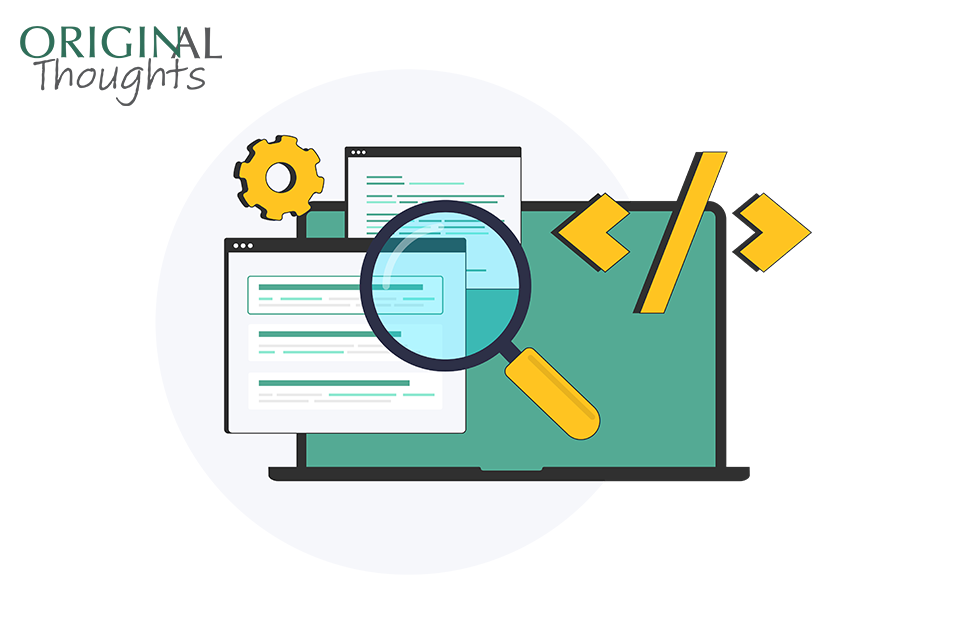First posted on the ORIGINal Thoughts Blog
By: George Woodward
Publishing Director, Acquisitions & Renewals
Oxford University Press
LinkedIn: https://www.linkedin.com/in/grwoodward
Author’s Note: This post was inspired by conversations about the business of publishing during the May 2024 Council of Science Editors annual meeting. It is aimed at those who work in roles at a society where understanding financial performance and the impact of changes in the publishing industry on a society’s financial health are critical. As such, the focus is on issues with direct financial implications as well as matters that indirectly influence the performance of a journal from a business perspective.
Take Home Points:
In my current role, I spend a lot of time in the “getting to know you” phase. I work with representatives from organizations that are evaluating their current publisher arrangements, either independently or working with a consultant. My colleagues and I answer a lot of questions as part of this process, such as what services do you (the publisher) provide, what makes you different from other publishers, and what do you see as the future of publishing.
We also ask many questions—a combination of big-picture queries about priorities, vision, and anxieties, and more focused, practical requests for data on article throughput, revenue sources, and journal performance. Our goal is to better understand a prospective partner, how we can best meet their needs, and how we can support them in achieving their objectives. Sometimes the responses are surprising. Sometimes the answer is simply, “we don’t know.”
With that in mind, I present below my necessarily incomplete list of questions for societies to ask your publisher—and not just when you’re pondering a potential move. These aren’t intended to be trap questions, but instead reflect the type of information that can help to inform strategic planning at the society level, as well as important discussions to have, even if they’re not always easy ones.
The Basics
- How much does my journal make, and where does that revenue come from? If your organization relies on the financial return from your journal(s), as so many do, hopefully you already know this one—and not just what your royalty looks like, but how much it makes in total (as well as how much of that you receive). Understanding the sources of this revenue is also critical. How reliant are you on subscription revenue, for example, or how much of your revenue is tied to print publication? For sources that are growing or declining, were those changes anticipated and did you and your publisher discuss the reasons? Are there any opportunities that will help to diversify, stabilize, or grow your revenue? And how can your society and the publisher work together to realize these opportunities.
- How much of my content is open access, and via what route? For many journals, the proportion of open access content is increasing year over year, but this could be happening for various reasons, whether it’s powered by growth in transformative agreements, shifts in funder expectations, or increased interest among your community. The exact route (or combination of routes) could have significant implications for your journal. What happens, for example, if a particular transformative agreement is not renewed (or if a new one is signed), or if a particular funder changes its policy?
- Who are my readers and potential authors, and how do they learn about and receive the journal? For example, do institutions receive the journal because they subscribe directly or as part of a particular collection or product? Among other reasons why this information is helpful for understanding your journal and its reach, there are implications for portability should you decide to move to another publisher (during a transition, customers who receive the journal as a direct, full-priced subscription will be in a different position than customers who receive a journal as part of a large collection under a database model). In addition, as most publishers emphasize author marketing, how does the publisher target both authors and readers, and how do they determine success?
- Where is my content available? Related to the above, do you know all of the platforms, products, etc., in which your content can be found (and—where possible—how much usage you see from each)? Also relevant: How is the journal (and society) brand marketed in each of these venues, and how do they contribute to my journal’s reach and impact?
- How much do customers pay for my journal? Depending on your publisher’s business model and the answers to the above questions, this can be a somewhat complicated question. You might know your journal’s article processing charge (APC), but how does that relate to how much an institution in a transformative agreement is actually paying for an author to publish? For each revenue line, can you explain how the journal is sold (and to what types of customers)?
- How do you [publisher] determine my journal’s share of collection revenue? Each publisher uses a somewhat different method for allocating revenue received as part of larger collection deals to individual journals within that collection.
The Big Picture
- What is your vision for the future of publishing? Your publisher’s vision will help to determine their strategy, which will have implications for your journal. Which brings us to…
- How will your broader business strategy impact my journal? Publishers’ business strategies are set at high levels and impacts will vary from journal to journal. If you don’t know your publisher’s current strategy, just ask, and think through together what opportunities, risks, and implications this has for your journal. Will it help to preserve the journal’s independence or impact your ability to partner with a different publisher in the future? Will it create opportunities for you beyond just the journal?
- Where am I at risk, and why? Also, how can we work together to mitigate those risks? These are questions that likely inform your strategic plans already, but it is helpful to ensure a shared view of what the risks are, and how you can collaborate with your publisher where appropriate to better protect the journal against vulnerabilities. A relevant follow-up to the previous question is: What can I control or influence?
- How can we work together to support research integrity? This might include new tools or services offered or supported by the publisher, or a collaborative approach to developing and implementing best practice.
- What new resources or initiatives are you offering that will benefit my journal? Your primary contact will undoubtedly be keeping you up to date with new opportunities as they arise, but with all of the exciting pilots, emerging tools and services, and other changes, it doesn’t hurt to check in periodically to ask what your publisher is working on that you should be excited about. Keep in mind too that an initiative that maybe didn’t make sense for your journal last year would make more sense (or be more feasible) now. Related to this, what metrics or reporting can your publisher offer to help you stay up to date on the key aspects of your journal’s performance?
Conclusion
Journals are key parts of many organizations’ missions and the returns they provide help to support the important work of those organizations. Whether you self-publish or partner with a publisher, you should have the same level of insight into and understanding of how your journal works. The answers to these questions will likely look quite different today than they will in even just a few years’ time, and ongoing dialogue and engagement with your publisher is vital.
This list is, of course, not exhaustive, so I close with one final question:
What did I miss? What other questions should you ask your publisher? Please add your thoughts in the comments below.






